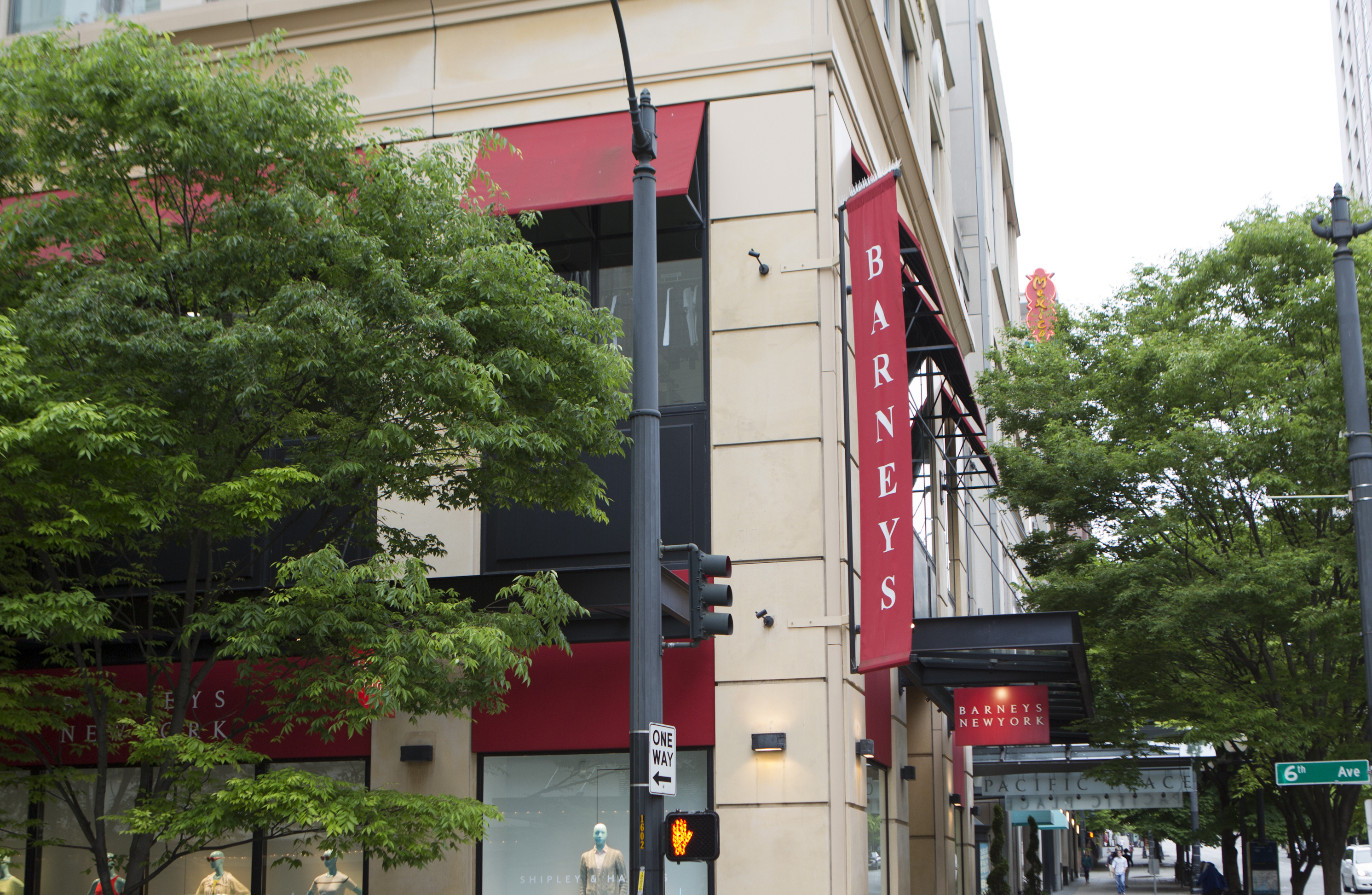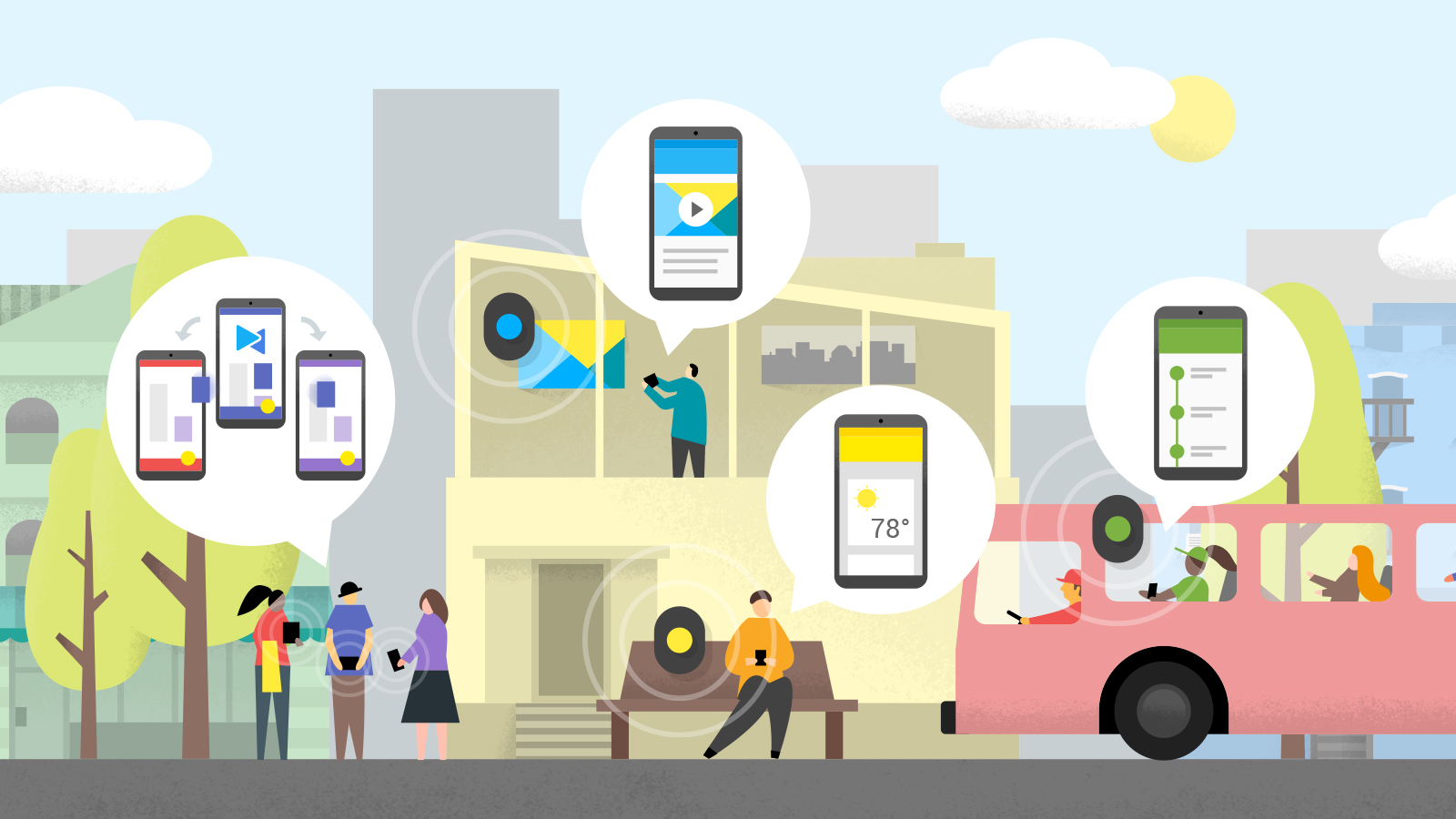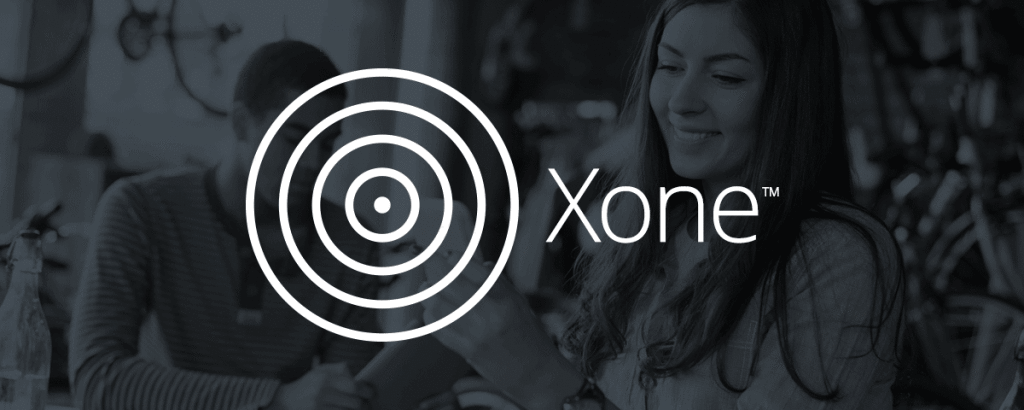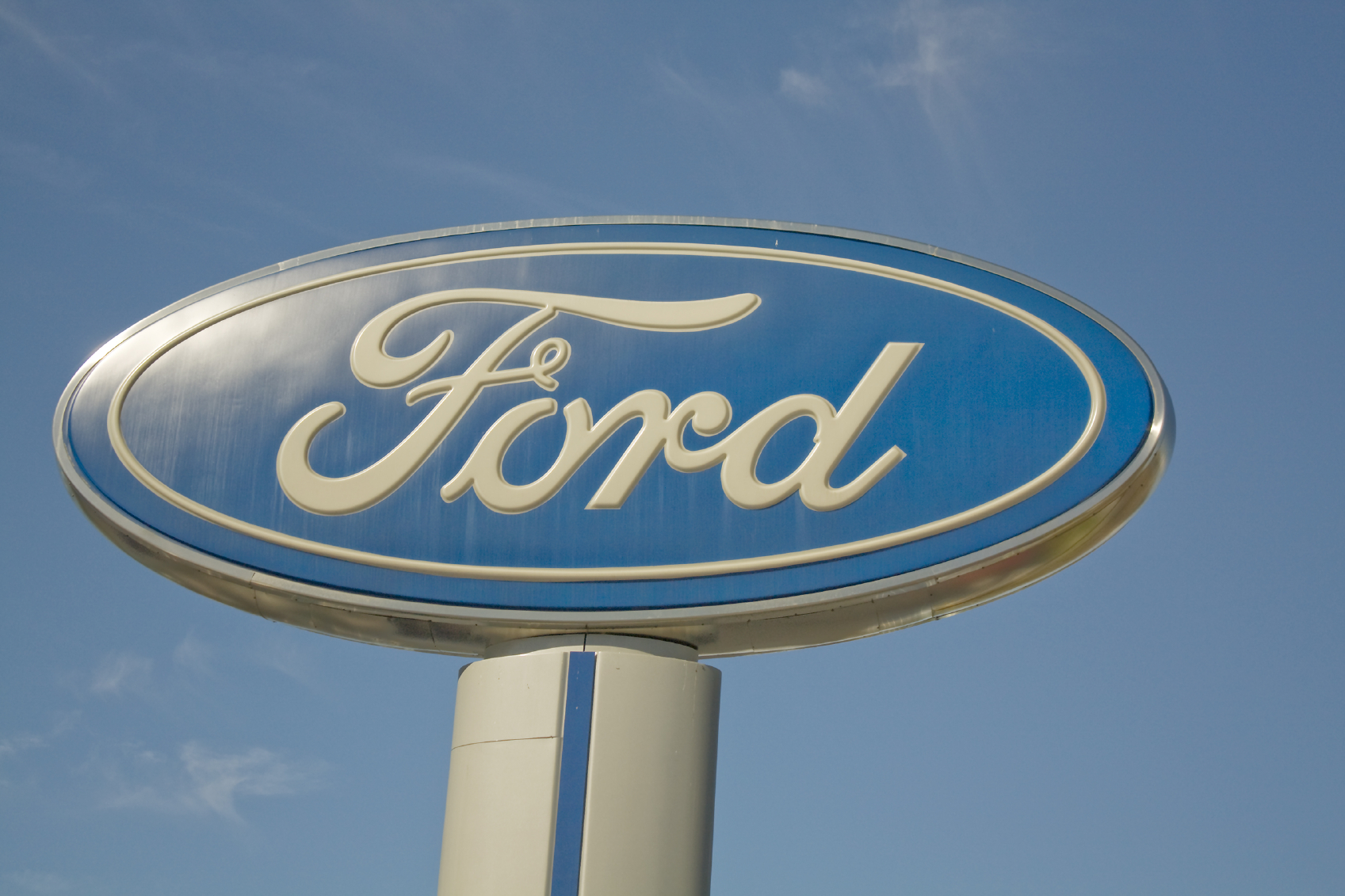• Yext launched Xone, a beacon network for offline-to-online engagement
• Retailers can message shoppers in real-time or retarget later on Facebook and Twitter
• Analytics dashboard gives transparency to repeat visits and increased footfall driven by ads
What Yext Announced
Yext, a leader in digital location management and one of the 500 fastest growing private companies in the US, launched a location-based real-time audience engagement tool which is integrated with retargeting and online-to-offline attribution analytics. The new product is called Xone (pronounced “zone”). The Lab had a chance to sit with the Yext team on Friday, and we came away impressed.
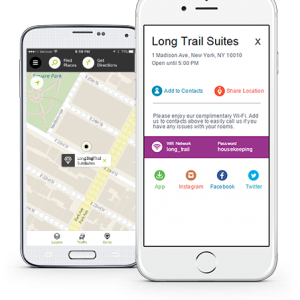
Working with commodity beacon hardware, the SaaS tool allows retailers to accomplish three main goals. First, if a customer opens a Xone partner app while in range of a store’s beacon, the retailer has the option of displaying a “Xone Tip” that could promote a specific product or offer a discount. Note that this only happens inside a partner app as Xone does not do push notifications. Second, all customers with a partner app and bluetooth on that come within range of the beacon have their device IDs added to a database and can be retargeted on Facebook and Twitter now and soon on Instagram, Pinterest, DoubleClick, and more. That audience retargeting can be filtered by location, number of visits, and visit age. Third, there is an analytics dashboard pulling everything together, including attribution and analysis of visits to stores after online retargeting.
What Retailers Need To Do
The holiday shopping season is coming soon and it’s not too late to install and implement a complete system in your stores. For example, if you want to retarget customers that come in on Black Friday for Cyber Monday sales, Xone is the best way we know of to do it. While you’d have the option of in-store messaging that most people associate with beacons, you can also buy ads for both real-time or later placement in Facebook’s News Feed or Twitter’s Timeline. Black Friday or Christmas Eve deals are a great reason to target in real-time, even with different messages throughout the day, followed by retargeting on Cyber Monday or later in the holiday season. The retargeted ads on Facebook and Twitter can be cross platform, to appear on mobile, desktop, or both.
Xone’s attribution analytics can also help you calculate ad effectiveness in driving customers back to your store, even without new creative. For example, you could measure repeat customer visits for an audience that is seeing your ads versus a control group. Xone is the first beacon ecosystem product we’ve seen that completes the full circle from in-store data aggregation and messaging, retargeting, through attribution. If you’ve been waiting to try beacon technologies in your stores, the cost and time associated with setup have past the point of impediment.
We’ll soon have a demo of Xone in the Lab and can walk you through the setup, retargeting, and insights you’ll gain. Please contact us to schedule a demo.
Market Impact
Yext represents retailers’ digital location data for more than 500,000 locations, giving retailers an easy way to push updates to store hours, phone number, or other data to more than 100 app and map publishers, including Apple Maps, Bing, Facebook, Foursquare, Yahoo, and Yelp. With that foundation supporting it, we expect the platform to get buy in from more and more app owners. For now though, Xone partner app network is limited to 30 million monthly active users, not all of which have bluetooth turned on. However, with the growing adoption of wearable devices and bluetooth audio, more and more consumers are leaving their bluetooth on, so the reach of Xone’s network will expand accordingly.
How We Can Help
Please contact Engagement Director Samantha Holland ([email protected]) at the IPG Media Lab if you would like more detail or to schedule a visit to the Lab to discuss strategies and tactics around retail technology and beacons generally, or Xone specifically.
For previous editions of Fast Forward, please visit ipglab.com. Please reply with any constructive criticism or feedback. We want these to be as useful as possible for you and your clients, and your feedback will help us immensely.
All pictures featured are promotional images courtesy of Yext



